6 Best AI Image Upscaling Software to Boost Image Quality
Table of Contents
Image quality matters more than ever. Whether you're a photographer, designer, marketer, or e-commerce brand, the clarity and resolution of your visuals can directly impact how your work is perceived. However, working with low-resolution or compressed images is a common challenge. This is where AI image upscaling software comes in, offering a powerful way to enhance image resolution without sacrificing quality.
AI image upscaling software uses machine learning algorithms to analyze a low-resolution image and predict what a higher resolution version should look like. It recreates missing details, sharpens textures and improves clarity in a way that traditional resizing tools simply cannot achieve. In this article, we explore five of the best platforms available today that are helping creatives improve their visuals with minimal effort and maximum impact.
1. Topaz Gigapixel AI
How to Use It
Enter Topaz Gigapixel and upload your image into the desktop software, choose the desired enlargement scale, and select an enhancement model based on your image type. Preview the result and export the upscaled image.
Pros
Exceptional quality even at large scaling ratios
Smart detail enhancement for different image types
Batch processing for efficiency
Cons
Requires installation on a powerful system
Not ideal for cloud-based workflows
Fees
One-time payment of $99.99 with free updates.
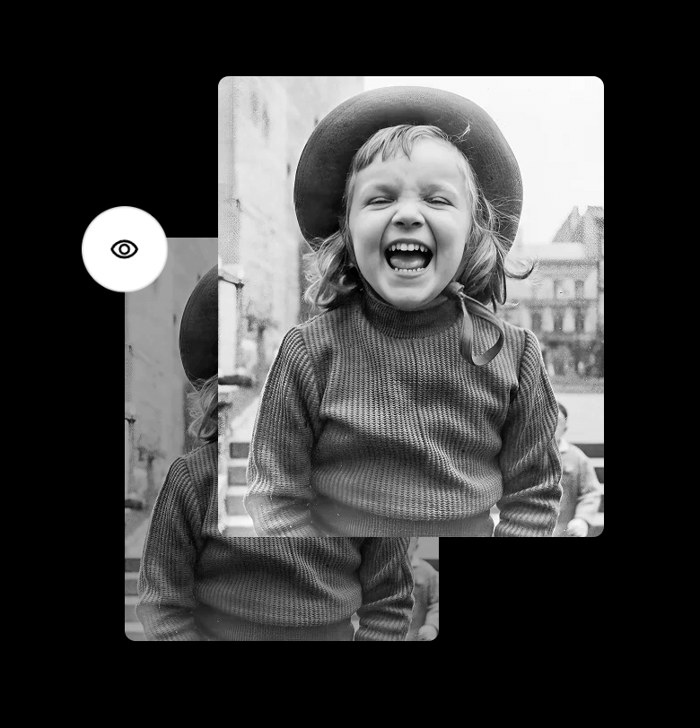
2. Let's Enhance
How to Use It
Visit the web platform, drag and drop your image, select enhancement settings (e.g., upscale, tone correction), and download the processed file once complete.
Pros
Easy browser-based interface
Optimized presets for commercial uses
No design experience required
Cons
Limited free usage
High-res exports require a subscription
Fees
Free with limited credits. Premium plans start at $9/month.
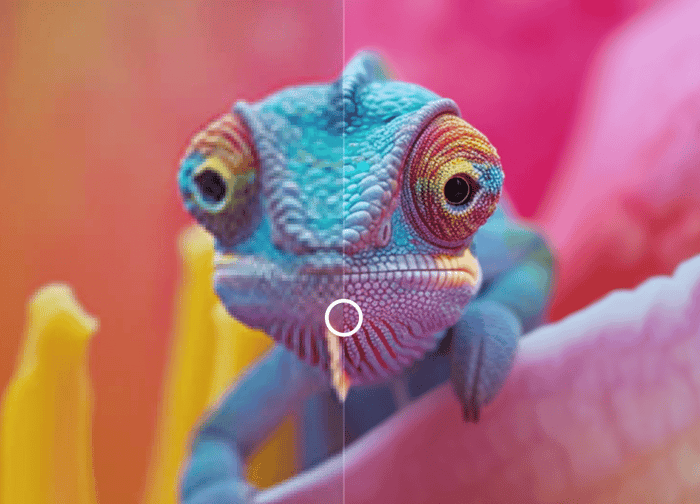
3. VanceAI Image Enlarger
How to Use It
Enter Vence AI Image enlarger and select the upscaling ratio, upload your image, enable optional enhancements like denoise or sharpen, and download your enhanced image after processing.
Pros
Works well for portraits, illustrations, and web content
Offers additional tools for editing and enhancement
Real-time previews
Cons
Watermarked results on the free plan
Credit system may be restrictive for heavy use
Fees
Free with watermarks. Paid plans from $4.95/month.

4. Adobe Photoshop Super Resolution
How to Use It
Open a photo in Adobe Camera Raw, right-click, and choose "Enhance" followed by "Super Resolution." The AI doubles the image dimensions automatically.
Pros
Integrated into existing Photoshop workflow
Excellent for professional photographers
Supports RAW image enhancement
Cons
Requires Photoshop and Creative Cloud
Slight learning curve for new users
Fees
Subscription model starting at $20.99/month.
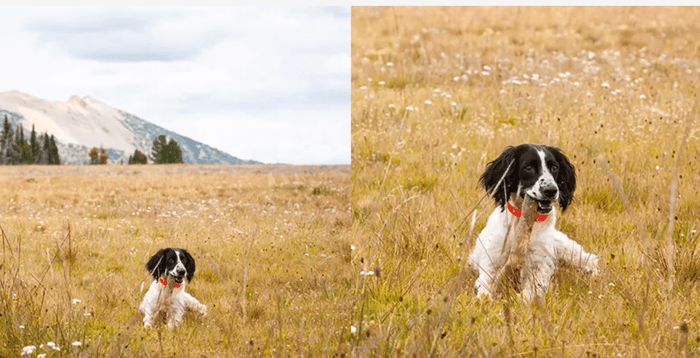
5. Upscayl
Upscayl is an open source AI image upscaling software that has gained popularity for offering high-quality enhancements with no subscription costs. Built on machine learning models, Upscayl allows users to increase the resolution of images by 2x, 4x, or more while preserving details and sharpness. It’s especially useful for those who work with pixel art, compressed JPEGs, or low-resolution images from older cameras. Unlike many commercial alternatives, Upscayl runs entirely offline, giving users full control over their content without needing to upload sensitive files to the cloud.
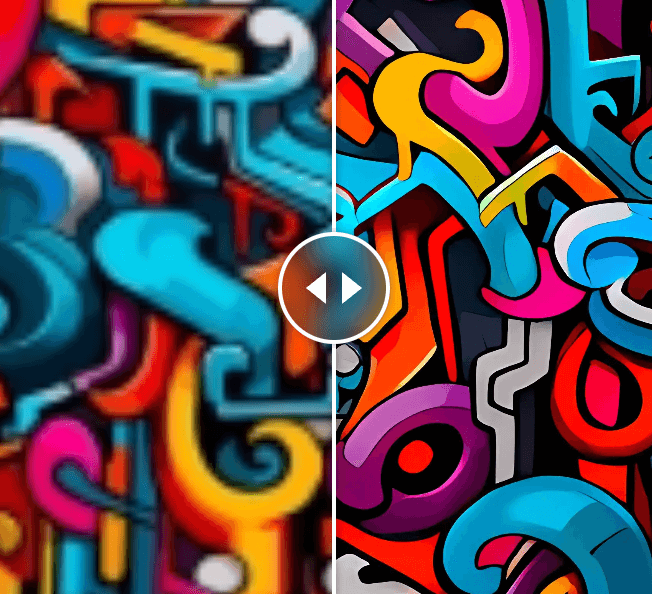
The platform features a simple and clean user interface that makes it accessible even to non-technical users. You can choose between different AI models depending on your image type—for example, General Photo, Digital Art, or Real-ESRGAN for broader applications. Upscayl is available for Windows, macOS, and Linux, and best of all, it's completely free to use. For freelancers, artists, and developers who want a dependable and open-source image enhancement tool, Upscayl is a powerful and privacy-conscious option.
6. Modelia
How to Use It
Upload a product or garment image. The AI enhancer upgrades the resolution, refines detail, and optionally places the product on a virtual model. Download high-resolution outputs or animated visuals for digital use.
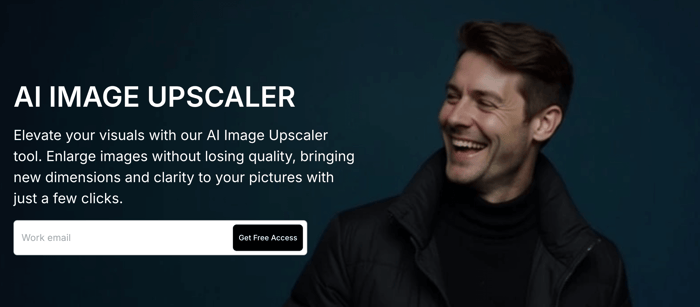
Pros
Tailored for fashion visuals
Integrates enhancement with styling and presentation
Supports content creation at scale
Cons
Not suited for general-purpose image enhancement
Advanced features only in paid plans Enlarge images without losing quality, bringing new dimensions and clarity to your pictures with just a few clicks
Fees
It is free to use! Pro plans are available with custom pricing based on usage volume.
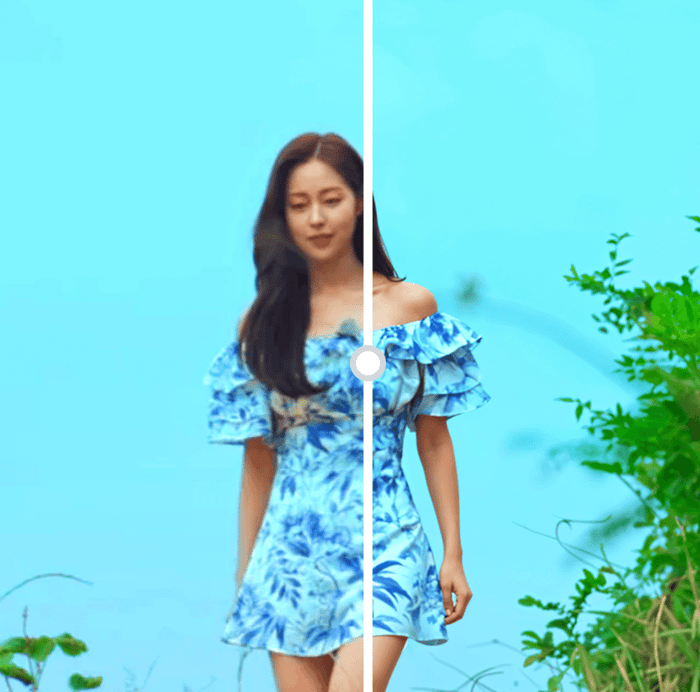
AI image upscaling software is revolutionizing the way creators handle low-resolution images because these tools offer precision in a very short amount of time.
While Topaz Gigapixel AI remains the gold standard for professional output, Let’s Enhance and VanceAI provide accessible options for web images. Adobe Photoshop offers seamless integration for those already in the Adobe ecosystem and Modelia leads the way for fashion-specific applications, bridging creative direction and technical enhancement.
The variety of tools might look confusing at the beginning, that why here are some tips on how to pick the right one for your individual necessities. This guide will walk you through what image upscaling really means, how to choose the best tool, and what to look for when evaluating AI upscaling software.
What Is Upscaling an Image?
Upscaling an image means increasing its resolution and physical size, without losing any of the quality of the original image. In basic terms, it is the process of enlarging and enhancing an image so that it can be used in higher resolution formats, such as printing, digital media or close-up display, without becoming blurry or pixelated.
The goal is to maintain or improve visual quality while enlarging the image. While standard resizing methods simply stretch the pixels, AI upscaling tools go further. They analyze textures, patterns, and object edges within an image to generate new pixel data that mimics the original in fine detail. This makes AI photo upscalers especially useful when working with old photos, small digital assets, or compressed images that need to be repurposed for professional use.
Criteria for Evaluating AI Image Upscalers
Choosing the right image upscaling software means knowing what to look for. These are the main criteria to help you evaluate and compare AI tools:
1. Image Quality Output The most important factor is the final result. A good AI upscaler should be able to enhance sharpness, remove compression noise, and preserve the natural look of an image. Try to test the software using a variety of images: portraits, landscapes, and product shots to see how well it performs.
2. User Interface and Ease of Use Some platforms are designed for professionals and offer more technical features. Others are built for casual users with drag-and-drop functionality. Make sure the interface fits your skill level and workflow preferences.
3. Processing Speed High-resolution upscaling can be resource-intensive. Cloud-based tools may take longer but offer better accessibility. Desktop software may be faster but require more computing power.
4. Supported Formats and Sizes Look for tools that support popular file formats like JPG, PNG, TIFF, and RAW. Some software may have limitations on maximum file size, so check before committing.
5. Batch Processing If you’re working on a large project or regularly need to upscale multiple images, batch processing can save you significant time.
6. Preview and Comparison Tools The ability to preview before and after results can help you choose the right enhancement settings and avoid unnecessary downloads or re-edits.
7. Price and Licensing Some platforms operate on a subscription model, while others offer lifetime licenses or pay-per-use credits. Evaluate what makes sense for your needs and budget.
8. Customization Options Advanced users may appreciate settings for sharpening, denoising, or texture enhancement. If you want more control over how the AI works, look for tools with customizable features.
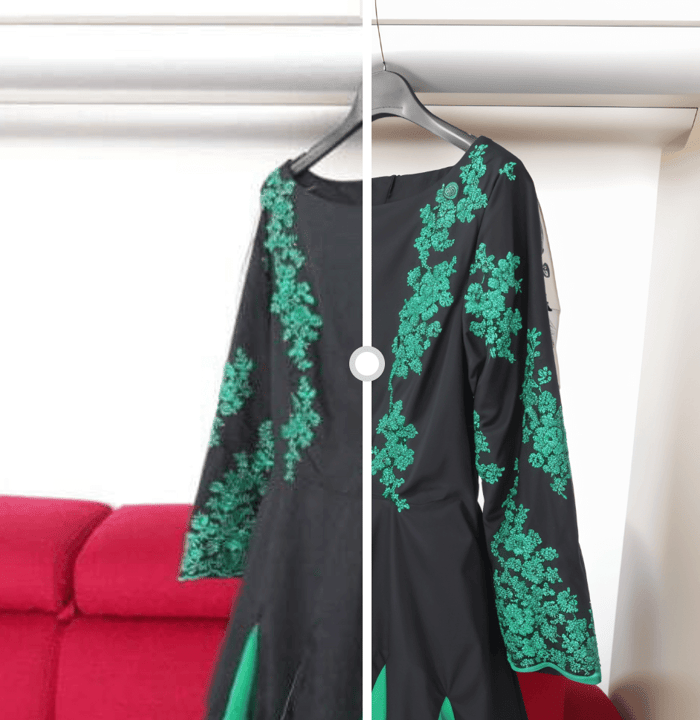
How to Pick the Right AI Upscaler
Now that you understand the main evaluation points, how do you make the final decision about ai image upscaling software?
Start With Your Image Type Different upscalers specialize in different areas. Some are great for portraits and facial detail, while others work best on art, landscapes, or illustrations. Identify the primary type of content you need to enhance.
Consider Your Purpose If you're creating print ads, large posters, or high-end product catalogs, quality and resolution are critical. If you're preparing social media visuals or website content, fast and easy tools may be more beneficial.
Test Before You Commit Many AI image upscalers offer free trials or demo credits. Use these to upload a sample image and evaluate results. Check how well the tool preserves texture, color accuracy, and depth.
Check Compatibility With Your Workflow Do you use Adobe tools, Canva, or Figma? Some AI upscalers integrate directly with popular design software, while others offer APIs for developers. Make sure the tool fits your creative process.
Review Customer Support and Community Helpful tutorials, responsive customer service, and active user communities can make a big difference, especially if you're new to AI tools or working under deadlines.
FAQs About Image Upscaling
Can Upscaling Make an Image Sharper?
Yes, many AI image upscalers include built-in sharpening functions. As the resolution increases, the tool enhances edges and refines details, making the image appear sharper than the original.
Is There a Limit to How Much I Can Upscale?
Every tool has different maximum enlargement options, some can go up to 2x or 4x, while others offer up to 800 percent. However, the higher the scaling ratio, the more important it is that the AI can handle texture prediction without introducing artifacts.
What Are the Risks of Using AI Image Upscalers?
While AI upscaling is highly effective, there is a risk of over-processing, especially if used repeatedly or at extreme scales. It can also misinterpret textures or generate unnatural results in some cases. That’s why preview tools and adjustable settings are useful.
Do AI Upscalers Work on All Image Types?
Most modern ai image upscaling software work well with a wide range of images, including portraits, landscapes, scanned documents, and illustrations. However, extremely abstract or low-light images may pose a challenge. Always test a few examples to gauge performance.

Final Thoughts
AI image upscaling tools have changed how we work with digital visuals. Whether you're refining an old photo, enlarging product images for a catalog, or preparing marketing assets, the right tool can save time and elevate the quality of your output. Understanding your needs and knowing how to evaluate software options will help you choose the best platform. With AI on your side, transforming small or blurry images into high-resolution masterpieces has never been more accessible.
If you're looking to elevate the quality of your fashion visuals without the hassle of reshoots or heavy editing, Modelia’s image upscaling tool is the perfect solution. Designed specifically for designers, content creators, and fashion brands, this AI feature enhances resolution, sharpens detail, and brings out the texture and color of your garments with incredible accuracy. No matter if you're preparing content for e-commerce, campaigns or digital catalogs, Modelia allows you to upscale images in just seconds, saving time, cutting costs, and ensuring every visual looks polished and professional.
Sign up and try it by yourself to see how easy and quick it is to use Modelia and all the possibilities that it allows for fashion brands and designers.
How would you rate this article:
Related Articles
- Best AI Clothing Design Software for Next-Level Fashion Design
- Exploring the Future of Virtual Clothing Stores
- The Best Fashion Photographers to Follow on Instagram
- The Best Alternatives to The New Black in 2025
- Digital Fashion in the Metaverse: How Virtual Clothing is Shaping the Future of Online Style
- Shopify vs Etsy: A Complete Comparison for Sellers
- AI Clone Garment for Fashion Firms
- Shopify vs Magento: Key Differences Explained
- AI Person Generator: Generate Unique and Realistic People with AI
- How AI Video Generators Can Revolutionize Your Marketing Strategy


